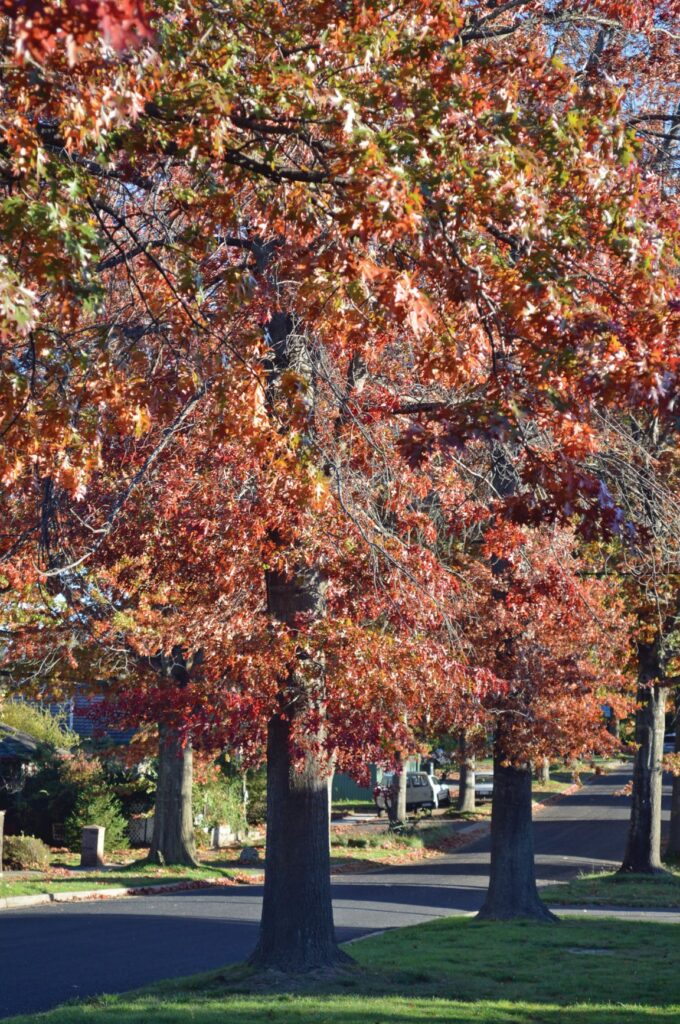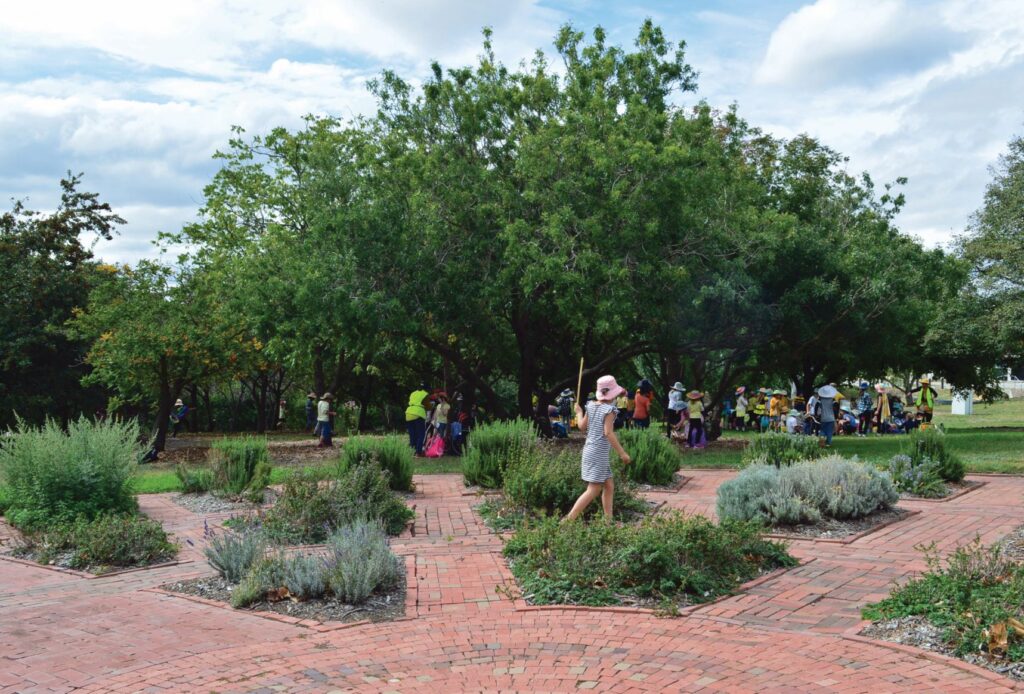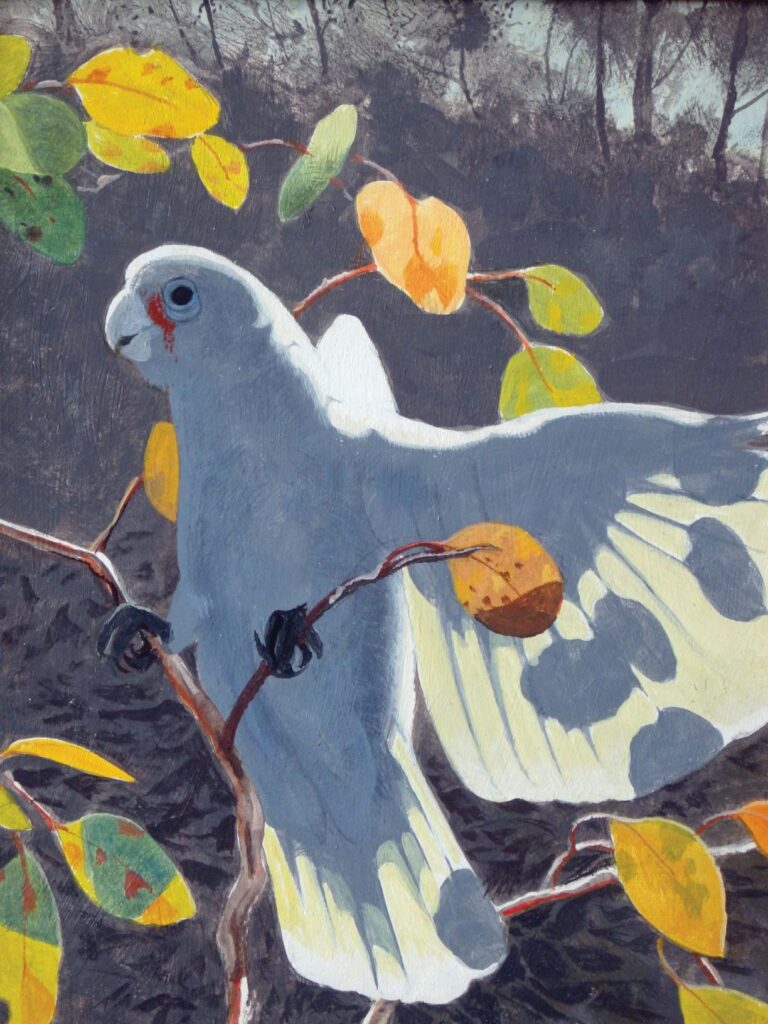
Trees are an invaluable part of our urban landscape. They are functional and beautiful, playing an essential role in maintaining emotional and physical human health – who hasn’t admired, touched, laid beneath or climbed a tree in their lifetime?
Trees have the potential to:
- Provide food, protection and habitat for people, wildlife and the soil. A persimmon, for instance, is a glorious small tree which gives shade and protection from wind, has delightful and equally delectable fruit for people and wildlife (first in best dressed), boasts outstanding autumn colour, and bestows us with autumn leaves for soil life and the compost bin.
- In our gardens, trees provide the basic structure and tie the varying themes within our yard together, whether native or exotic, formal, informal or everything in between. They are relatively permanent features and therefore it is crucial that the trees we choose are suitable for our growing space and needs.
- Establish barren landscapes. For example, Acacias (wattles) are fast growing, nitrogen fixing, and able to thrive in depleted soils. They provide protection for more sensitive and permanent plantings while they are establishing and can be used for mulch and habitat once they have reached the end of their useful life.

- Create micro-climates – that is, a more protected climate within a climate, enabling gardeners to grow more sensitive plants, beneficial insects to forage in more favourable conditions, and people to enjoy nature in relative comfort! Trees lessen the impacts of our increasingly changing climate, consequently making local environments more hospitable.
- Significantly reduce Urban Heat Island effect. Essentially, large trees cool cities and built-up areas covered in concrete and bitumen, making them liveable.
Black Mountain miniatures
As a natural history illustrator over many years, Frank Knight’s frame of reference has been accuracy and detail, seen as vital for species identification.

While continuing to show flora and fauna realistically, if rather more loosely than previously, Frank’s latest exhibition plays with colour and pattern, light and shade. The exhibition shows aspects, generally on a small scale, of Black Mountain flora and fauna.
While not specifically about identification, the eucalyptus and other plant species, as well as birds and animals, are of those seen on Black Mountain.
The paintings are a comparatively small size and have rather opulent golden and silver toned decorated frames, to create a jewel-like cluster of images.
Friends of Black Mountain also have photographs related to Black Mountain on display. These photographs illustrate some flora in the reserve as well as guided walks and weeding activities on the mountain.
When: This free exhibition is open 9.30am-4.30pm till 10 March. Frank is present at the exhibition between 11am and 2.30pm each day.
Where: Visitor Information Centre, Australian National Botanic Gardens
No dig gardening
Want to know the where, why and how of no-dig gardening? Join local horticulturist and Canberra Daily gardening writer Tracey Bool as she explains the tricks and benefits of this worthwhile gardening method.
When: Saturday 9 March 2-3pm
Where: Belconnen Library
For bookings and more: library.act.gov.au
For more:








